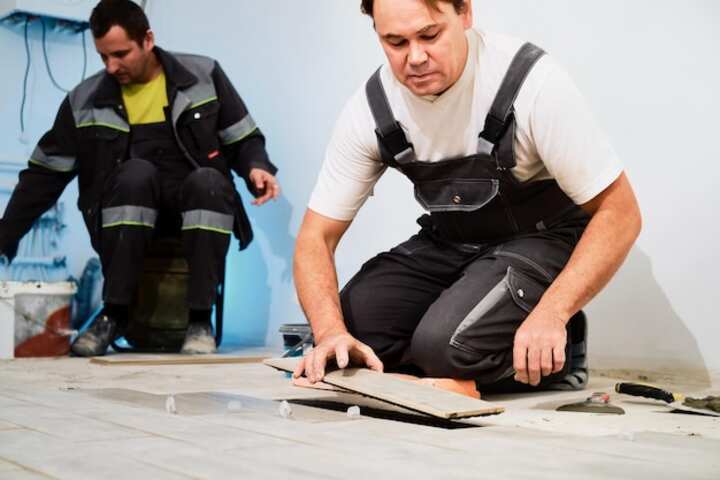
Enhance Construction Projects with Concrete Soil Stabilization Services
In the realm of construction and civil engineering, ensuring the stability and longevity of structures is paramount. One of the most effective methods to achieve this is through concrete soil stabilization services. These services play a crucial role in preparing and strengthening the ground beneath a structure, thereby enhancing its durability and safety. Concrete soil stabilization involves a series of techniques that modify the properties of soil to increase its load-bearing capacity, reduce its permeability, and prevent erosion. With these improvements, construction projects can proceed with a foundation that is both reliable and sustainable.
Understanding Concrete Soil Stabilization
Concrete soil stabilization is a process that involves the addition of stabilizing agents to the soil to improve its physical properties. This is essential for construction projects that require a solid foundation, such as roads, buildings, and bridges. The primary goal is to transform the soil into a durable, stable, and load-bearing surface.
Benefits of Concrete Soil Stabilization
- Improved Load-Bearing Capacity: Stabilized soil can support heavier loads, which is crucial for structures like high-rise buildings and heavy infrastructure.
- Enhanced Durability: By reducing soil permeability, stabilization mitigates the risks of erosion and weather-related damage.
- Cost-Effectiveness: Investing in soil stabilization can reduce long-term maintenance costs by enhancing the structure's resilience.
- Environmental Benefits: Using recycled materials in stabilization processes can reduce environmental impact.
Learn more in this detailed guide about the various advantages of concrete soil stabilization and how it can benefit construction projects: Read more about this topic.
Methods of Concrete Soil Stabilization
There are several techniques used in concrete soil stabilization, each suited to different types of soil and project requirements. Some of the most common methods include:
Mechanical Stabilization
- Compaction: This involves compressing the soil to increase its density and strength.
- Reinforcement: Using geotextiles, geogrids, or other materials to enhance the soil's structural integrity.
Chemical Stabilization
- Lime Stabilization: Adding lime to soil can significantly improve its load-bearing capabilities, especially in clay soils.
- Cement Stabilization: Cement is mixed with soil to create a hardened, stable base.
- Bitumen Stabilization: Useful for waterproofing and adding flexibility to the soil layer.
Explore further insights here on how these methods are implemented and their specific applications: Find additional information here.
Applications of Concrete Soil Stabilization
Concrete soil stabilization can be applied in various construction scenarios to enhance the performance and longevity of the infrastructure. Common applications include:
- Road Construction: Stabilized soil provides a durable base that can withstand the constant pressure of traffic.
- Building Foundations: Ensures that buildings have a stable and secure base, reducing the risk of settlement and structural damage.
- Airport Runways: Essential for providing a smooth and durable surface to handle the heavy loads of aircraft.
- Embankments and Slopes: Stabilization prevents erosion and enhances the stability of slopes and embankments.
Find additional information here about the diverse applications of concrete soil stabilization and how it can be tailored to specific project needs: Learn more in this detailed guide.
Conclusion
The importance of concrete soil stabilization in construction cannot be overstated. It provides a robust foundation that ensures the safety, durability, and longevity of structures. By employing various techniques such as mechanical and chemical stabilization, construction projects can be executed more efficiently and sustainably. As the construction industry continues to evolve, the integration of advanced soil stabilization methods will remain a key factor in achieving successful, long-lasting infrastructure projects. For more insights on how concrete soil stabilization can benefit your projects, explore further insights here.